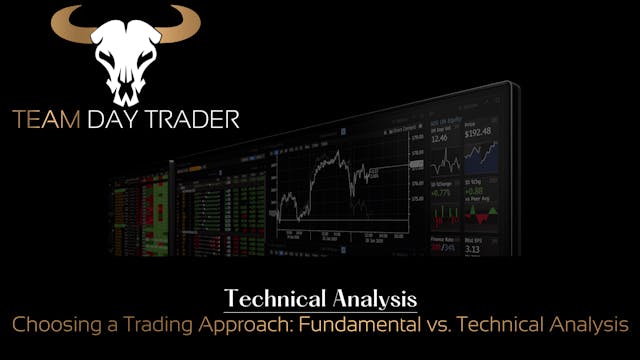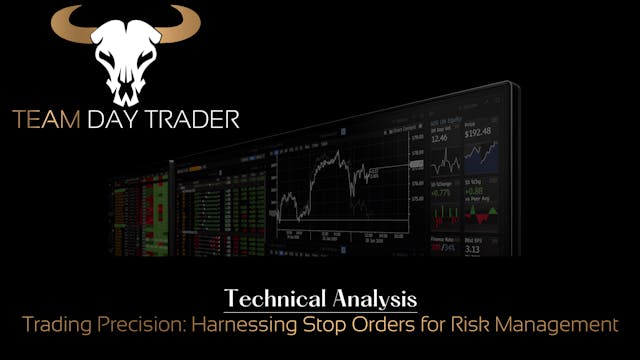Master Other Chart Type Analysis: Day Trader's Key to Success
All You'll Ever Need To Day Trade From Home
•
17m
Charts serve as the cornerstone for many day traders. They offer invaluable insights into market psychology, revealing trends, investor sentiment, and critical levels of interest. Proficient chart analysis allows day traders to spot potential price movements, whether for breakouts, breakdowns, or sideways patterns. The study of charts is a fundamental component of technical analysis, making it a vital skill for day traders to master. Here’s what knowledge you’ll gain today:
• Psychological Insights: Charts provide a visual representation of market sentiment, helping traders gauge the psychology of investors. This insight is invaluable for making informed trading decisions.
• Precise Entry and Exit: Proficient chart analysis allows day traders to identify optimal entry and exit points, increasing the likelihood of successful trades.
• Enhanced Technical Analysis: Mastering chart reading is a cornerstone of technical analysis, enabling traders to identify patterns, support and resistance levels, and potential trading opportunities more effectively.
Reveal your full trading potential and set you on the path to trading success.
Up Next in All You'll Ever Need To Day Trade From Home
-
Decoding Price Scales in Stock Charts...
Interpreting stock charts can be influenced by the choice of price scale. Traders often encounter two common types: logarithmic and linear scales. Logarithmic scales are based on the percentage change, while linear scales rely on equidistant pricing. Understanding these scales is vital for accura...
-
Choosing Your Trading Approach: Funda...
Discover the two main approaches in trading, investing, and finance: fundamental and technical analysis. This overview highlights how these methods evaluate markets and securities, providing a foundation for informed decision-making. Here’s what knowledge you’ll gain today:
• Comprehensive Under...
-
Trading with Precision: Harnessing St...
Trading is a game of probabilities, where even the best traders can be wrong at times. When a trade goes awry, you face two choices: accept the loss or double down, risking more. This is where stop orders come into play, crucial for risk management. Many traders lock in profits quickly but hold l...



